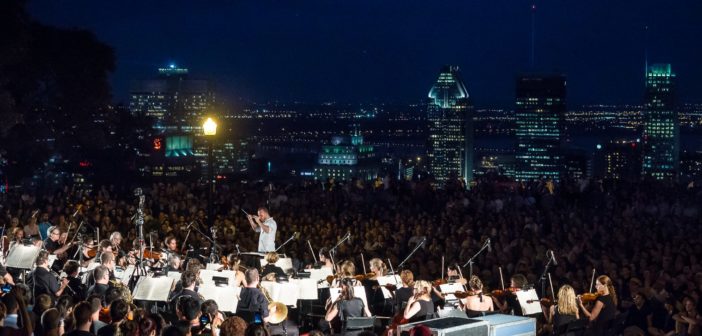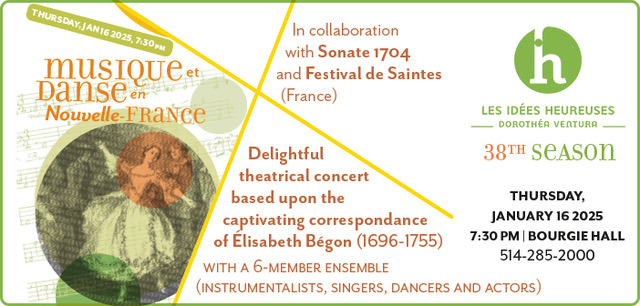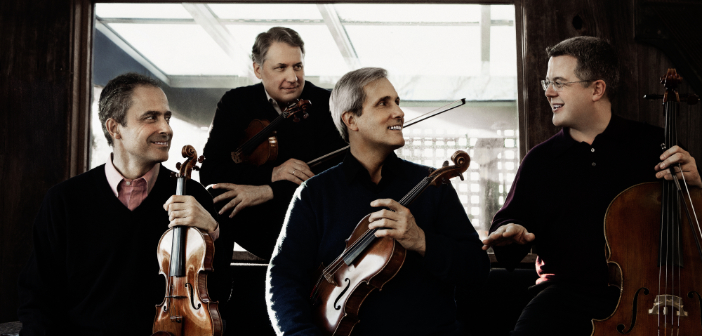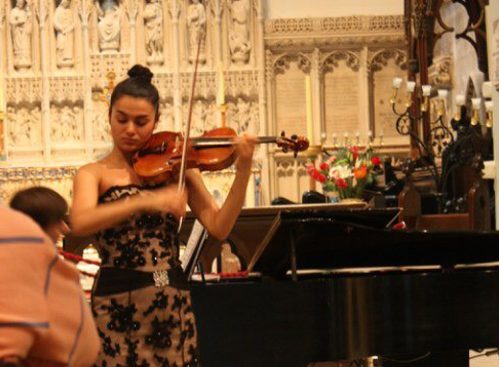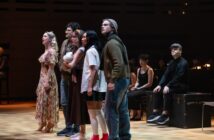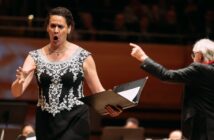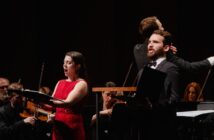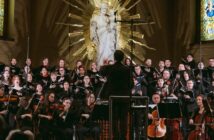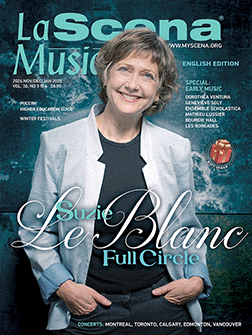Mount Royal Park, beautiful by itself, looked particularly festive and impressive on the evening of July 25. From Sherbrooke Street, a colourful flock of families, couples and groups of friends, holding the parasols and blankets, was heading to the park premises. The mix of French, English, Spanish, Russian and Arabic anticipated the beginning of an exciting concert by the Orchestre Métropolitain under the baton of Yannick Nézet-Séguin.
After a short introduction during which the host presented distinguished members of the Canadian government and sponsors of the concert – including Minister of Canadian Heritage and Multiculturalism Pablo Rodriquez and members of the Fonds de solidarité (FTQ) – Yannick Nézet-Séguin, wearing a white outfit topped with matching summer sneakers, waltzed into the scene.
Starting with a sweet musical bonbon, Morning from Grieg’s Peer Gynt Suite No. 1, the orchestra immediately captivated the attention of more than 35,000 listeners. The fragile flute solo, though slightly hesitant in the beginning, was supported by perfectly-balanced long chords from the orchestra. Mindful waves of dynamic density resulted in a rich-textured rendition of the main subject by the stings. There was a minor intonation issue between strings and winds in the middle of the movement. However, the lyricism and sensitivity to dynamic range made the performance remarkable. Nézet-Séguin treated every note with the utmost care and made a conscious effort to elucidate every musical phrase. Barely letting the last chord of the movement dissolve in the air, the orchestra started In the Hall of Mountain King. The opening, a whimsical theme for bassoon, was executed with brilliant piano nuance. Nézet-Séguin built the big accelerando with taste and precision.
To the visible enjoyment of both the conductor and orchestra musicians, the main subject escalated into an impressive culmination. And while the overall impression of the coda whirlwind was effective, Maestro Nézet-Séguin was in control of every bit of this wild fun and did not leave any note to chance.
After finishing, the conductor gave a speech thanking all the sponsors and the audience. He mentioned the importance of culture in Montreal, pointing out the mission of musicians and poetically emphasizing the collective spirit of more than “80 souls on stage.” The conductor then spoke about the work performed, making an amusing reference to the “King of Mount Royal.” Before plunging into Tchaikovsky’s Symphony No. 5, the conductor made sure to point out the famous horn solo in the second movement while giving the credit to Simon Bourget, who played the solo.
The introduction theme of the first movement, Andante, played by the winds and lower string sections sounded stern, almost dry. However, the sobriety of the introduction theme was beautifully balanced by the lyrical passages of the strings in Allegro con anima. The conductor paid particular attention to the middle voices of the busy orchestral texture, exposing the hidden jewels of the harmonic structure. Nevertheless, a distinctive architectural line, from a restrained character of the introduction theme to its glorious military-sounding march, was religiously sustained. Almost attacca (not letting the public a chance to applaud in between the movements), the conductor proceeded to the second movement. Present yet gentle strings supported a masterfully executed horn.
Leading the orchestra to full lyrical expression, Nézet-Séguin tastefully introduced the lament sections of the movement. The strings built coherent dynamics and coordinated vibrato, which in its turn created the impression of a chamber playing, only fuller and more sumptuous. And while the full sound of the orchestra in the climax of the movement filled the acres of the park, one could only wish for more distinctive contrasts and nuances, especially in piano range. Most likely the microphones and the reality of a vast open-air space could have affected that detail. The third movement of the symphony is a perfect depiction of waltzing in a court ballroom of Imperial Russia. The strings started a sweet a theme of the Allegro moderato with an ideal tone, though lacking some lightheartedness in its execution (which might be a result of the microphones attached to the instruments). However, the middle section of the movement was played with a perfect rhythmic organization and intelligent balance between the parts. The Russian choral theme in the lower strings sounded lavish and songful, and could have been a bit more stern, given that its thematic closeness to the Orthodox chant.
The transition to the fourth movement was smooth and tasteful. At the beginning of the Finale: Andante maestoso, the conductor showcased both horizontal and vertical thinking. The orchestra musicians were perfectly synchronized in bow strokes and dynamic changes. If any minor derivations in tempo occurred, Nézet-Séguin, as vigilant as they come, caught it and led the orchestra to a perfect rhythmical structure. The tutti sections were astonishingly fresh-sounding and powerful. The coda transmitted an impression of a national holiday celebration somewhere in Yaroslavl with its busy market place. This was transferred to more than 35,000 listeners in the park. Once the work was finished, the public immediately gave a generous standing ovation.
Giving a high-five to the concertmaster, Yukari Cousineau, Nézet-Séguin re-appeared on the stage. He stressed that the musician gave their all for every note, and he feels “quite sweaty.” That was an absolute truth – the dedication of musicians and the conductor to every bar was evident and apparent. And while the technical perfection is important, Nézet-Séguin added, the most important thing is the message. And again, with his signature charm, the conductor introduced the “heroes” of the next piece: the new percussionist and, of course, members of the wind section. The concert’s closing piece was a crowd-pleaser, Ravel’s Bolero.
A paradise for a conductor, the piece is a massive crescendo. It started with a solo flute, which sounded light as a merengue under the fingers of Marie-Andrée Benny. As the English horn joined the theme, the perfect balance strikes the listeners’ ears. Strings, accompanying the central theme with pizzicato, seemed to be eager to pick up the melody and performed it in a musically delicious fashion. The tutti sound filled up space with a gorgeous timbre and sonority. The huge crescendo, the salt of the oeuvre, was structurally measured, with the elimination of unnecessary special effects. The manner the conducting of Nézet-Séguin had no self-admiration and indulgence but was vigilant. He exercised loving supervision over the orchestra musicians. The King of Mount Royal, indeed.

